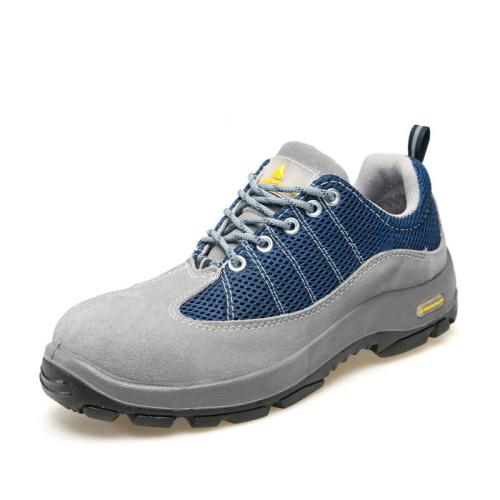With the development of shoemaking technology and the continuous update of shoe materials, the types of safety labor protection shoes are gradually diversifying and improving. Nowadays, safety shoes can be divided into six categories: electrical insulation, anti-static, acid and alkali resistance, puncture prevention, toe protection, and general safety shoes. They are widely used in machinery, metallurgy, construction, chemicals, pharmaceuticals, mining, oil fields, and electric power. And other industries.
Due to the different types of work, the wholesale soles of the safety shoes they wear are made of different materials, such as leather soles, rubber soles and polyurethane soles. Different soles have different advantages and disadvantages. Let us take you to learn more about safety. The advantages and disadvantages of shoe rubber soles:
1. The rubber sole is formed by thermal compression and divided into natural rubber and regenerated rubber. Its advantages are good wear resistance, non-slip, elastic, not easy to break, good softness, good elongation, stable shrinkage, and good hardness. , Good flexibility and waterproof.
2. The rubber sole is really not oil resistant. When molding the sole, it must be roughened on the mating surface, it is easy to shorten when heated, the color is inconsistent, and it is heavy, not hard, breathable, and hygroscopic. It is afraid of oil. Soaking, it is not suitable to wear it in the place where it is exposed to oil, such as a car gas station.





